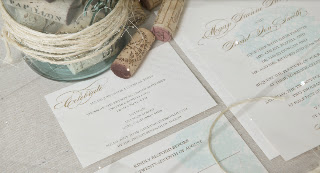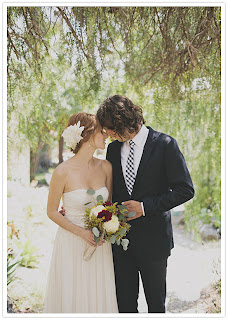After the big picture budget decisions have been made, and perhaps after you’ve selected your wedding venue, the next important step is to determine your guest list. Doing this early on in the wedding planning process will ensure you don’t have to make any uncomfortable decisions later on when you realize that you’ve over-invited for your budget or the restrictions of your venue space!
We’ll break the Guest List question into three separate posts, because, frankly, it’s a big process. First, we have to go back to the budget question – this is where your guest lists begins and ends. The bulk of your budget, if you remember from our previous posts, will be spent on food and beverage, so it’s this number that we’ll use as a starting point.
You’ll need to do a little preliminary research to figure this out. Caterers will price out food & beverage per person, so if you have an idea of what per person amount you’re looking to spend, that can help you determine your guest list number. Alternatively, if you don’t have that number in mind, take your overall Catering budget and divide it by the number of people you think you’d like to invite. Where does that leave you? Just know that the more people you invite, the smaller this number will become… and the less flexibility you will have with your caterer.
Another factor to take into consideration is your venue space. If you’ve already signed a contract for a particular venue, they most likely have outlined the limitations, in terms of number of people for different types of events, of their space. For example, for a seated dinner reception, a space may be able to fit 150 people. However, this number may increase if you’re only looking to do a cocktails & appetizers event with passed food and limited seating. Either way, this will set the upper threshold of how many people you can invite.
There are a few other general decisions you should make right off the bat, before even writing down any names. Some suggestions:
1) Will you be inviting children? If not, will some children be included (i.e., your immediate nieces / nephews or flower girls / ring bearers?)
2) Will you be inviting co-workers? If so, where do you draw the line? A good rule of thumb is usually not to invite anyone you don’t socialize with outside of the office.
3) Will you be inviting plus-ones for everyone? If someone is in a long-term relationship, you should invite their significant other, even if they aren’t married or engaged. However, what about other single guests? Will it differ by person (i.e., will single members of your bridal party get an “and guest” invite, but not other attendees?)
Once you’ve got a general number and your “rules” established as a baseline, you can start creating lists of actual people to invite!
Next up: Determining your Master List and Prioritizing Guests
























